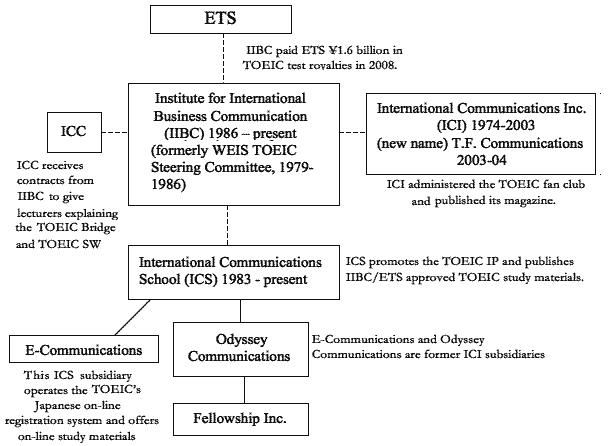
SHIKEN: JALT Testing & Evaluation SIG Newsletter
Vol. 14. No. 1. Feb. 2010. (p. 2 - 10) [ISSN 1881-5537]

 PDF Version
PDF Version
|
The TOEIC® in Japan: A scandal made in heaven by James McCrostie (Daito Bunka University) |
